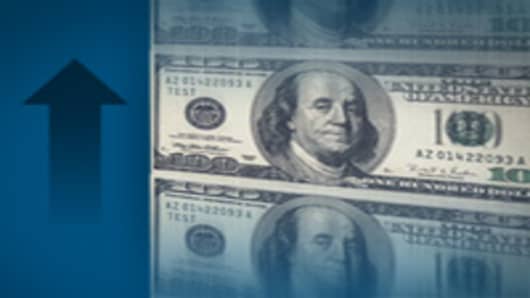David Beckworth points out that this is very important for understanding the financial crisis:
This crisis has taught us that institutional money assets--those assets like treasuries, commercial paper, and repos that facilitate transactions in the financial system--matter too. The bank run on the shadow banking system was a bank run using institutional money assets.
If we really want to understand money and its implications for the economy we need to be thinking about these money assets too.
What happened during the financial crisis can be looked at as a form of hyperinflation. The relevant market participants lost faith in the MBS currency, so its purchasing (collateralizing) power nearly vanished.
Follow John on Twitter. (Market and financial news, adventures in New York City, plus whatever is on his mind.) You can email him at john.carney@nbcuni.com.
We also have two NetNet Twitter feeds. Follow CNBCnetnet for the best of the days posts, including breaking news. Follow NetNetDigest for a feed of every single post each day.
You can also be our friend on Facebook. Or subscribe to John's Facebook page.
We're on Google Plus too! Click here for John's Google+ page.
Questions? Comments? Tips? Email us atNetNet@cnbc.comor send a text message to: 917-740-8477.
Call us at 201-735-4638.



